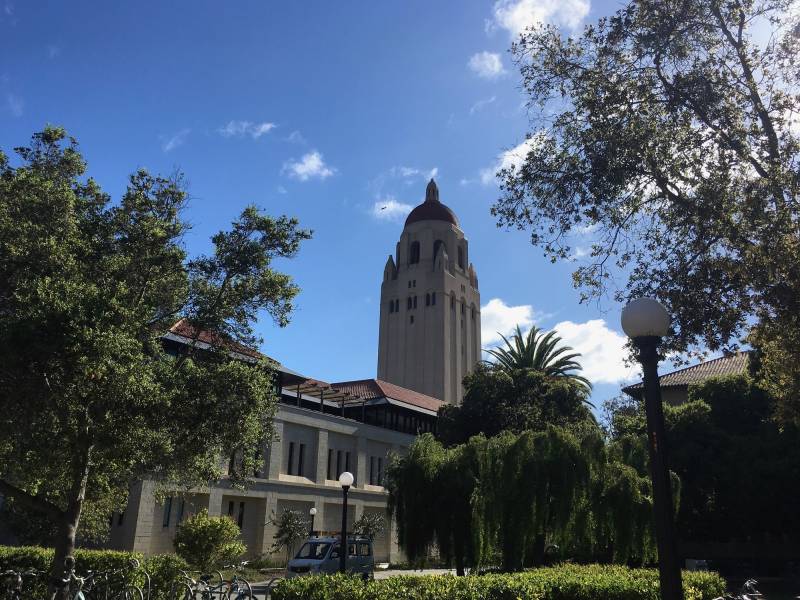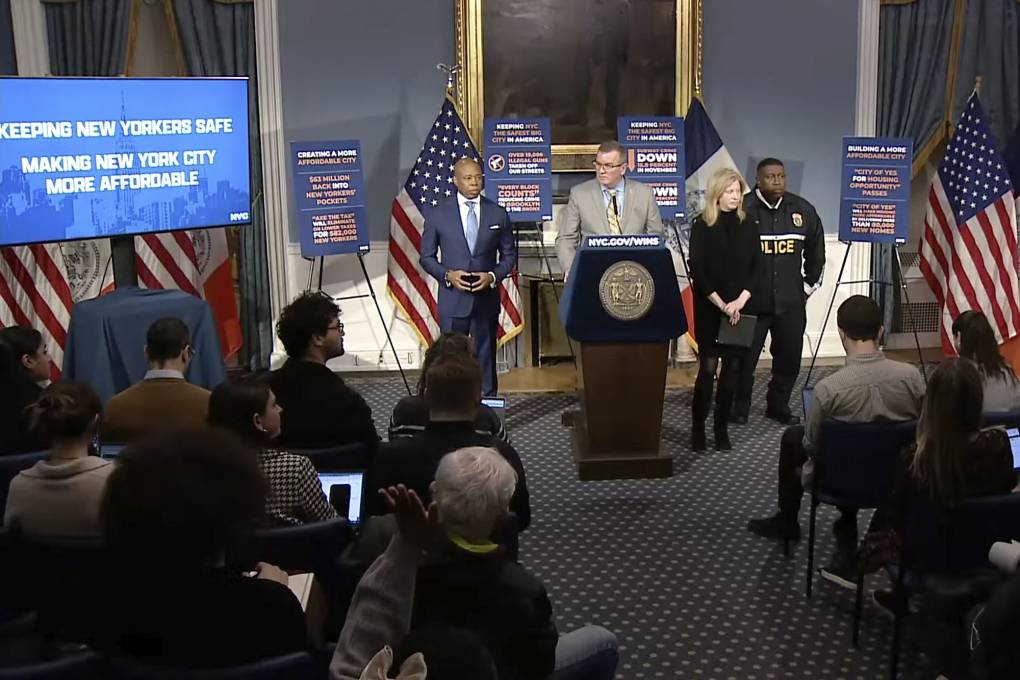Even after some of Earth’s warmest years in history, two new climate studies from Stanford University suggest that the hottest years ahead will likely shatter existing records — even if greenhouse gas emissions are slashed.
The research comes as this year is likely on track to beat out 2023 as Earth’s hottest year on record. This summer was the warmest in the world for California and at least three Bay Area cities. And as average temperatures continue to climb, more extreme climate conditions will be likely.
For the first study, published in Geophysical Research Letters, the researchers trained artificial intelligence using historical temperature observations alongside a range of temperature and greenhouse gas data from global climate models.

